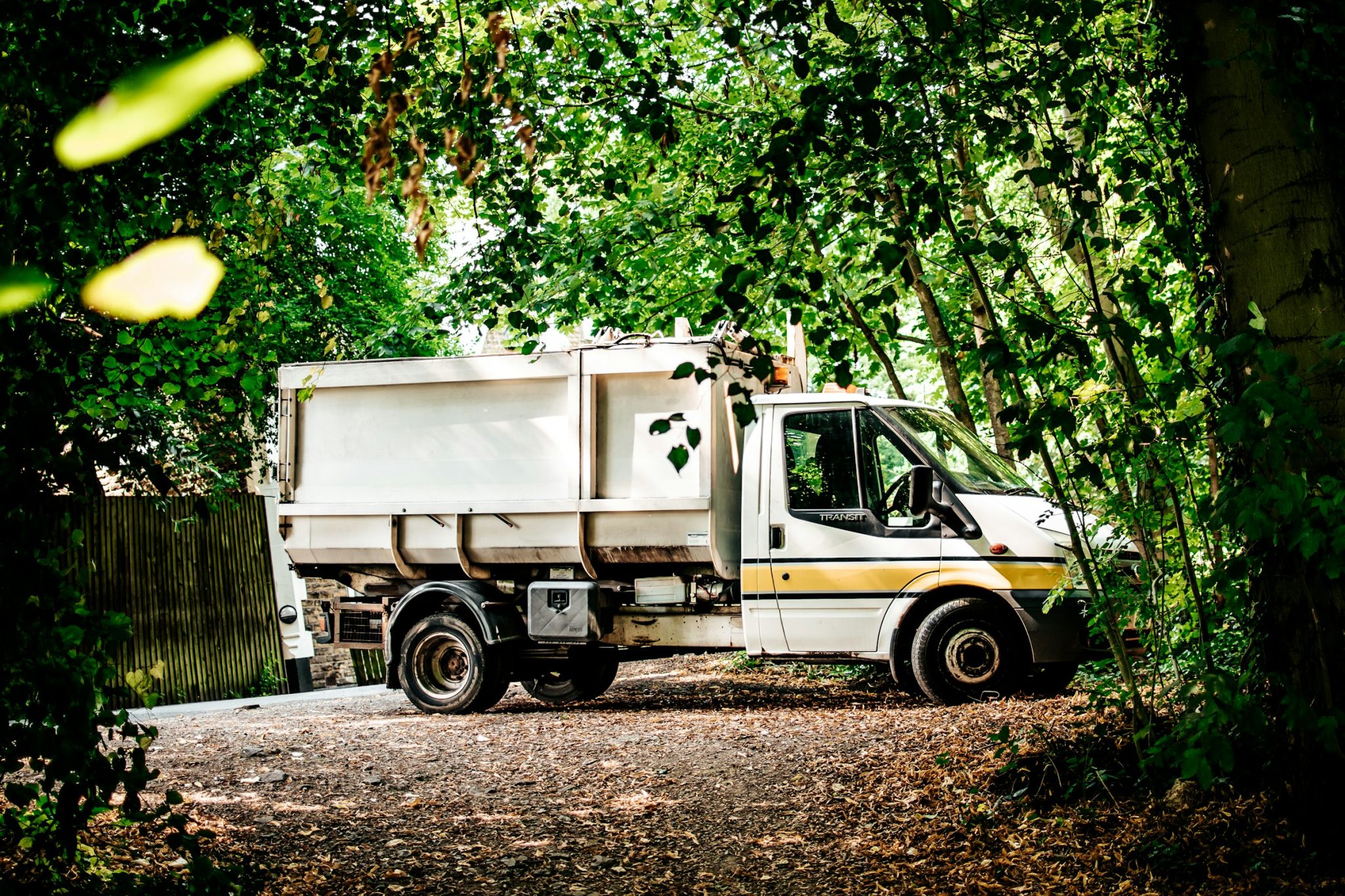Parking safety remains a concern across industries, especially with large vehicles like Heavy Goods Vehicles (HGVs). The sheer size and weight of these vehicles necessitate implementing safety measures for parking. The HGV wheel stop is an essential safety component that significantly contributes to HGV parking safety. This article delves into how HGV wheel stops enhance parking safety and underscores their importance.

Insight into HGV Wheel Stops
HGV wheel stops are barriers typically positioned at the rear of HGV parking spaces. These stops function as barriers that prevent HGVs from rolling backwards or colliding with structures while parked. They play a significant role in averting accidents and minimising property damage or collisions with vehicles.
Boosting Parking Safety
1. Mitigating Roll Back Incidents:
A primary function of an HGV wheel stop is to mitigate rollback incidents. Given their weight, HGVs can quickly begin rolling if parked on a slight incline without appropriate safeguards. An HGV wheel stop acts as a wedge, halting the vehicle movement by offering a barrier against which the wheels rest.
2. Protecting Property and Buildings:
Accidental collisions with property or buildings can lead to hazardous situations. If an unattended or improperly secured heavy goods vehicle (HGV) rolls back uncontrollably, it can cause damage not only to the car itself but also to nearby obstacles or structural components. Installing HGV wheel stops can help property owners safeguard their premises from damage caused by vehicles.
3. Improving Stability:
Using HGV wheel stops also offers the benefit of enhancing the stability of an HGV when it is parked. Placing these stops against the wheels helps minimise movement due to external factors like wind or interactions with pedestrians around the vehicle.
4. Promoting Safety Awareness:
Having HGV wheel stops in place reminds drivers to exercise caution and follow parking protocols. These barriers prompt drivers to be more responsible, reminding them to utilise vehicle immobilisation features such as the parking brake and chocks. This increased awareness contributes to enhancing safety in parking facilities.
Selecting the Appropriate HGV Wheel Stop
Choosing the type of HGV wheel stop tailored to a specific parking area or use case is crucial to ensure performance. When selecting a wheel stop for Heavy Goods Vehicles (HGVs), there are several factors to keep in mind:
1. Strength and Longevity:
Opt for wheel stops crafted from rubber or concrete that can endure the weight and pressures associated with HGVs. Choosing durable wheel stops ensures they last long and can withstand weather conditions without deteriorating quickly.
2. Easy Setup:
Look for wheel stops that are simple to install and require effort or expertise. Some options include drilled holes for easy attachment, making the installation process straightforward and hassle-free.
3. Visibility for Safety:
For added safety measures, opt for wheel stops that offer visibility during the day and at night. Incorporating strips or paint on the surface aids drivers in quickly spotting them, reducing the risk of accidental collisions.

4. Versatility in Use:
Check if the HGV wheel stop is compatible with asphalt, concrete or gravel surfaces. Additionally, ensure they can accommodate a variety of vehicles with varying tyre sizes.
In Conclusion
HGV wheel stops are crucial in enhancing parking safety for Heavy Goods Vehicles (HGVs). They effectively prevent rollback accidents while safeguarding property and structures from damage caused by rolling vehicles. These barriers help drivers stay safe by reminding them to park and use immobilisation systems correctly. When selecting a wheel stop for heavy goods vehicles (HGVs), it’s crucial to prioritise durability, easy installation, visibility and versatility. Effective use of HGV wheel stops can greatly enhance industrial parking safety and reduce the likelihood of accidents.
- About the Author
- Latest Posts
Whether she is researching the latest trends in home decor, life-changing destination getaways, or the best way to maintain your finances, Dewey takes pride in leaving no stone unturned. She is passionate about distilling and delivering high-quality information that you can use to upgrade your life.

